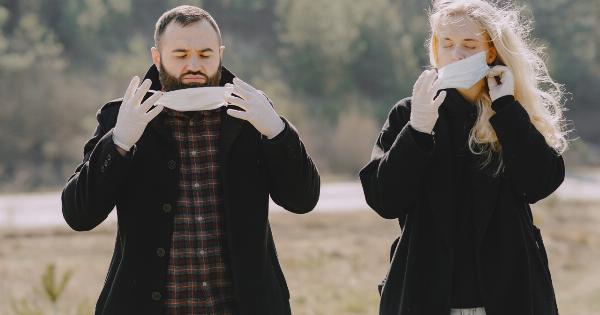Latex allergies have become an increasingly alarming problem in recent times, with an increasing number of women being affected.
Many people are unable to get hold of reliable information regarding this debilitating condition as a consequence of which they often don’t know how to go about protecting themselves. In this article, we will be discussing how latex allergies impact women and how best to protect themselves from its symptoms.
: Understanding Latex Allergy
A latex allergy is an allergic reaction triggered by the proteins found within natural rubber latex.
The symptoms of a latex allergy vary widely from person to person, with some experiencing only mild rashes and watery eyes while others have much more severe reactions such as anaphylactic shock which can be life-threatening. The severity of the condition is dependent on how often the person is exposed to latex, and how much of the allergen is present in the area.
If a person with a latex allergy is exposed to latex on a regular basis, their reactions can become much more severe over time, which can lead to the development of chronic allergic reactions.
: Women and Latex Allergy
Although anyone can develop latex allergies, women are more at risk than their male counterparts. The reason behind this is that women come in more frequent contact with latex-containing products than men do, such as condoms and medical gloves.
The female genital area is especially sensitive and can have severe reactions such as swelling and redness when exposed to latex. Furthermore, many female workers in the healthcare industry regularly handle latex gloves which can lead to the development of latex allergies in the long run.
Women are also more prone to developing allergies due to hormonal changes during pregnancy and menopause.
: Symptoms of Latex Allergy in Women
As we have already mentioned, a latex allergy can manifest in various ways, and each person can have different symptoms. However, some of the most common symptoms of latex allergy are:.
- Redness, rash, or hives on the skin
- Itching or burning sensations
- Dry or cracked skin
- Runny nose, sneezing, and watery eyes
- Swelling, particularly in the face, lips, and throat
- Asthma-like symptoms, including wheezing and difficulty breathing
If these symptoms persist, it is essential to get medical attention immediately.
: Protecting Yourself from Latex Allergy
Prevention is always better than cure when it comes to latex allergy. Here are some precautions you can take to avoid coming into contact with latex and to protect yourself:.
- Use non-latex alternatives:
- Use non-latex condoms for birth control purposes
- Try to find non-latex gloves for medical or cleaning purposes
- Choose silicon, plastic or vinyl products as alternatives to products made of natural rubber latex
- Avoid using products that contain latex:
- Read the ingredients thoroughly before buying any product that can have latex as an ingredient, such as adhesive plasters, medical equipment, shoes, and rubber bands.
- Communicate your allergy to others:
- Inform your doctor, medical staff, and your sex partner about your latex allergy.
- If you work in the health industry:
- Inform your employer and try to use non-latex gloves wherever possible.
- Request a transfer to a non-medical department or avoid jobs and tasks that require regular contact with latex products.
: Treatment for Latex Allergy
If you have developed a latex allergy, your doctor may prescribe you medications such as antihistamines, decongestants, corticosteroids, or epinephrine (in severe cases) to treat the condition.
You will also need to avoid any contact with latex-containing products to prevent further allergic reactions.
: Conclusion
Latex allergy can be a severe and life-threatening condition that can have a significant impact on women.
However, if you are aware of the symptoms and how to protect yourself, you can avoid the allergen and reduce your chances of a reaction from occurring. Always remember to communicate the severity of your allergy to people you live and work with so that they can cooperate with you to avoid any chance of exposure.
Lastly, if the symptoms persist, it is essential to seek medical attention, as early diagnosis and treatment can prevent severe complications.





























